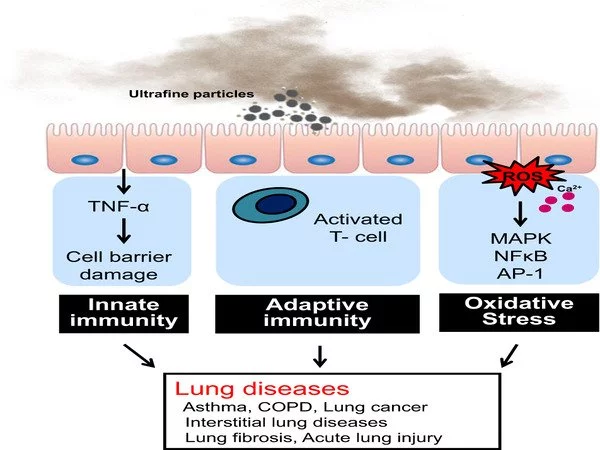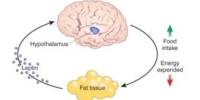PM2.5, which refers to particles with a diameter of 2.5 micrometers or less, can indeed catalyze oxidative stress in the lungs. When inhaled, PM2.5 particles can travel deep into the respiratory system and reach the delicate tissues of the lungs. Heavy metals, polycyclic aromatic hydrocarbons (PAHs), and other chemical pollutants are frequently found in these particles. Through various mechanisms, these toxic components can produce reactive oxygen species (ROS).
A new study sheds new light on the harmful health effects of air pollution: fine particle hydrogen peroxide production may not be as important as previously thought. According to a new study, the harmful health effects of fine particulate matter (PM2.5) are caused by the conversion of peroxides into more reactive species such as the hydroxyl radical (OH), rather than the direct chemical production of hydrogen peroxide (H2O2).
The total production of reactive oxygen species (ROS) such as H2O2 is commonly used in the scientific literature as a proxy for the toxicity of air pollutants and their ability to induce oxidative stress and inflammation. The research team, led by Thomas Berkemeier of the MPIC in Mainz, discovered that ROS concentrations in the human respiratory tract’s epithelial lining fluid (ELF) are primarily determined by endogenous H2O2 release and inhalation of ambient gas-phase H2O2, while chemical production of H2O2 via inhaled PM2.5 is less important.
The findings of this study suggest that the current paradigms for assessing the differential toxicity of individual PM2.5 components need to be critically reassessed.
Prof. Dr. Ulrich Pöschl
“Based on our simulations, we believe that the overall concentrations of these reactive species in the lungs are large in any case and are not directly dependent on levels of air pollution,” says Dr. Thomas Berkemeier, head of the MPIC’s Chemical Kinetics and Reaction Mechanisms group. They employ a computer model to comprehend the relevant physical, chemical, and biological processes and to quantify the health effects of various types of air pollutants.
“Our new model simulates the chemical reactions that occur in the lungs.” For the first time, we included hydrogen peroxide production, diffusion, and removal from cells and the bloodstream in our computer model. “This was quite difficult because it is not easy to put these processes in biological tissues into equations,” Thomas Berkemeier explains.

New research directions
“The findings of this study suggest that the current paradigms for assessing the differential toxicity of individual PM2.5 components need to be critically reassessed,” says Prof. Dr. Ulrich Pöschl, Head of the Multiphase Chemistry Department at the MPIC. The study proposes that the chemical production of superoxide and H2O2 in a cell-free assay may not be a suitable metric for assessing the differential toxicity of individual PM2.5 components, and some acellular oxidative potential assays may not capture the actual deleterious effects of PM2.5.
Fine particulates might act through Fenton chemistry
In the model calculations, however, the production of hydroxyl radicals (OH) was strongly correlated with Fenton chemistry of PM2.5. “Model simulations indicate that PM2.5 primarily acts by converting peroxides into highly reactive OH radicals.” Thus, PM2.5 is not so much the fuel as it is the catalyst of the chemical reactions that cause damage to cells and tissues,” explains Berkemeier of the model’s role for inhaled particles. Furthermore, PM2.5 may stimulate the production of superoxide from endogenous sources, contributing to the negative health effects of air pollution.
The study emphasizes the importance of ongoing research to better understand the chemical mechanisms underlying air pollution’s health effects and to develop effective strategies to mitigate these effects. The authors believe that this study will make a significant contribution to this important research effort. Their research was published in the journal “Environmental Science: Atmospheres.”
















